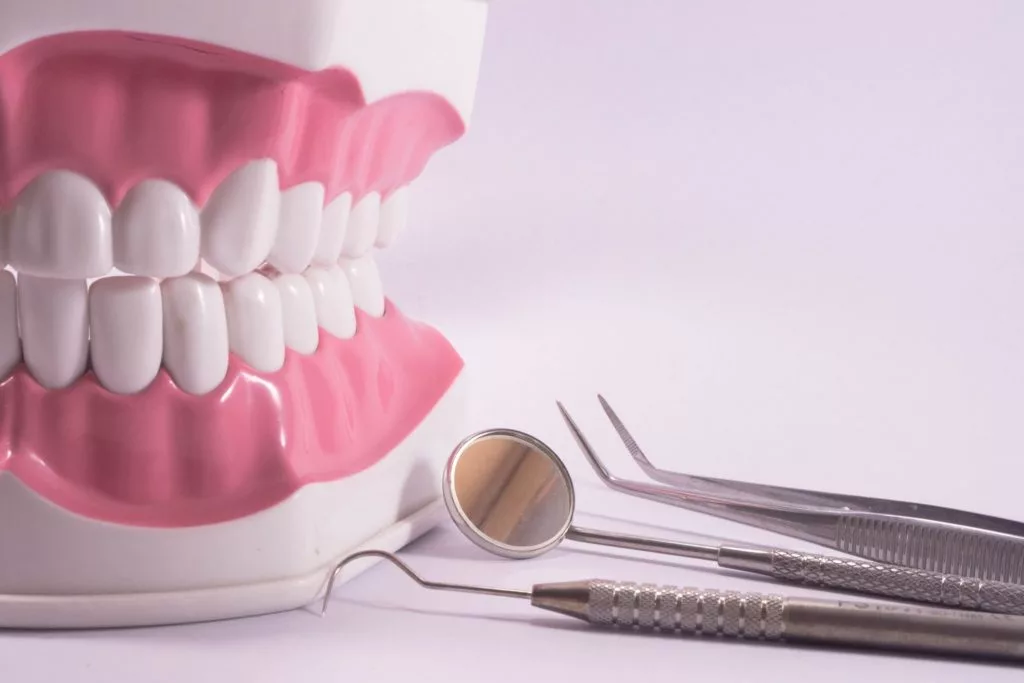Gum Grafting
Gum grafting is a type of dental surgery performed to correct the effects of gum recession. This usually occurs slowly as people age and may be something you don’t even take notice of as it progresses.
Gum Grafting
Gum grafting corrects gum recession by removing healthy gum tissue from the roof of the mouth and using it to build the gum back up where it has receded. Gum recession is where the gum tissue wears away and exposes the tooth at the root. This is usually a slow process that happens over time. This exposure can cause increased sensitivity, especially when eating or drinking hot or cold beverages. If left untreated, gum recession can eventually lead to tooth loss.
Those who choose to undertake gum grafting to repair the damage usually do so to protect the exposed tooth from damage and repair damage already done or for cosmetic reasons—to gain a better smile and, therefore, more self-confidence.

-
What is involved in a gum grafting procedure?
Gum grafting surgery comes into the picture due to receding gums that are pulled back over time and expose the roots of your teeth. The surgery is typically performed under anesthetic. Your dentist will use tissue from the roof of your mouth or an inconspicuous area nearby and graft or attach the oral tissue to your gums. The goal is to eliminate the risk of tooth decay and tooth loss due to the tooth being exposed at the root.
-
What’s involved in recovery from gum grafting procedure?
Once you’ve had gum grafting surgery, the recovery period and uncomfortableness depend on you. Some folks recover fairly quickly, while others are more sensitive to surgery. However, you should fully recover in two weeks. Here are a few ways to help the recovery process go quickly and smoothly.
– Take the antibiotics your dentist provides as a preventative measure to getting an infection.
– Use a stent to protect your palate as it heals. A stent will minimize bleeding and keep the area clear until your stitches are removed. – – Ask your dentist for a stent if they haven’t provided you one already.
– Use ice packs to minimize swelling and discomfort.
– If you need extra help, use over-the-counter pain medication as a supplement to ice.
– Avoid hot and cold foods that may aggravate the site of your wound and cause swelling.
– Maintain a diet of mostly soft foods and liquids for a while.
– Maintain a good oral hygiene routine.
– Rest after your surgery—don’t push getting back to life as normal. -
What causes receding gums?
Receding gums can be caused by periodontal disease, old age, poor oral hygiene, and medical conditions such as diabetes. Additionally, brushing your teeth too hard may also cause your gums to recede.
Other causes may include sports injuries or trauma to the mouth, i.e., lip piercings, smoking cigarettes or chewing tobacco, misaligned teeth that force gum tissue out of place, poor-fitting dentures, and grinding your teeth while your sleeve that puts excessive force on your teeth.
More Questions?
If you have more questions about gum grafting, contact us and we'll be happy to discuss further.

